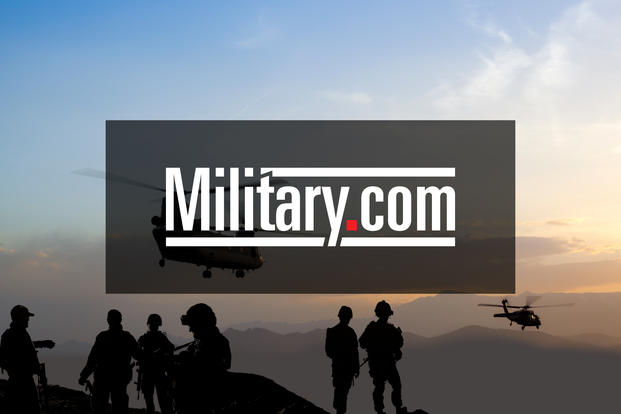
The U.S. Army on Tuesday rolled out a long-awaited update to its uniform wear guidelines, including the World War II-style Army Green Service Uniform and a new name for the combat patch.
The revised AR 670-1, which was last updated in 2017, will not be made official for another 30 days to allow soldiers and leaders to become familiar with the policy.
“It’s been almost five years since we made an update, so it was definitely time. There [have] been a lot of changes; we have … added new uniforms,” Sgt. Maj. Brian Sanders, Army G-1, Uniform Policy Branch sergeant major, told reporters at a roundtable.
Read Next: Army OKs Long Ponytails, Buzz Cuts for Women in Grooming Standards Overhaul
Soldiers have been acquiring and wearing the Army Green Service Uniform, or AGSU, since senior leaders approved it for everyday wear in late 2018, as a replacement for the blue Army Service Uniform, or ASU.
Troops have until Oct. 1, 2027, to purchase the AGSU, after which the ASU will become the Army’s optional dress uniform.
“With the implementation of the Army Green Service Uniform, which is extremely important as we try and shift our culture and pay respect to the World War II generation, that really prompted the [update] to occur,” Sanders said.
A significant policy update features a name change for the patch soldiers wear on their right shoulder to show wartime service.
“We also made a big change to what a lot of soldiers call the ‘combat patch,'” Sanders said.
The Shoulder Sleeve Insignia Former Wartime Service will now be called the Shoulder Sleeve Insignia Military Operations in Hostile Conditions. It is authorized for soldiers who served on combat deployments to Iraq and Afghanistan, but also those who served in certain countries considered hostile areas.
“Sometimes, we go to certain locations, and we don’t plan on that to be hostile conditions, but it may turn hostile,” Sergeant Major of the Army Michael Grinston said. “How do we recognize those soldiers who are out doing what we have asked them to do? … So we allow them to wear the shoulder sleeve insignia for the unit. I think that is appropriate.”
The new shoulder sleeve insignia is currently authorized for Somalia, Djibouti, Saudi Arabia, Iraq, Afghanistan, Pakistan, Yemen, Jordan and Syria.
The AR 670-1 update also authorizes female soldiers who breastfeed to wear an optional undershirt designed for nursing. Service officials said in November that the Army Uniform Board will consider developing a lactation shirt for the Maternity Utility Uniform in the Operational Combat Pattern.
The update also includes guidelines for the Army’s Improved Hot Weather Combat Uniform, which has been available for soldiers to purchase as an optional wear item at military clothing stores since the summer of 2019.
Army officials unveiled some uniform policy changes that did not make it into this revision of AR 670-1 because of a publishing cutoff deadline.
The service has established guidelines for the permanent wear of the non-subdued National Guard Identification Badge on the AGSU for those who have served in the National Guard Bureau for more than a year, Sanders said.
“They were able to wear the badge temporarily but, once they left [the] assignment, they were no longer able to wear it,” he explained.
One possible change to the AGSU may be a return to wearing name tags, something Army leaders initially did not want for the uniform.
“When you look at the original [World War II] uniform, they didn’t have name tags, and we did try to stay true to that. But after listening to the feedback of our soldiers, our leaders, spouses, people walking down the street … we kind of looked at it and said, ‘Is that something we need to do?” Grinston said.
The Army is waiting for several name tag prototypes that will be considered for the AGSU.
“We have not made the final decision on the name tags … but we are looking into it,” Grinston said. “We don’t even know what it is going to look like.”
Source: Military News



